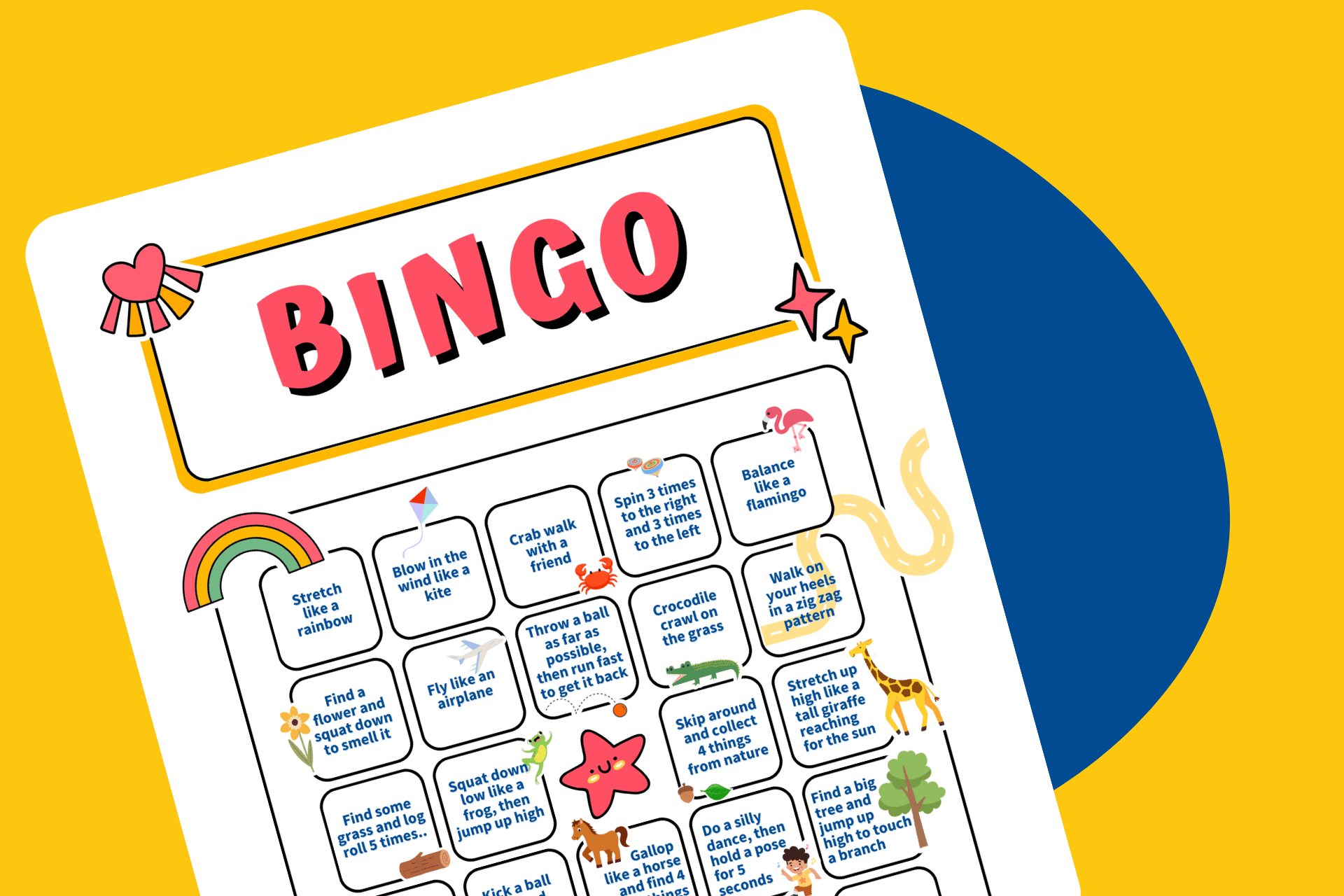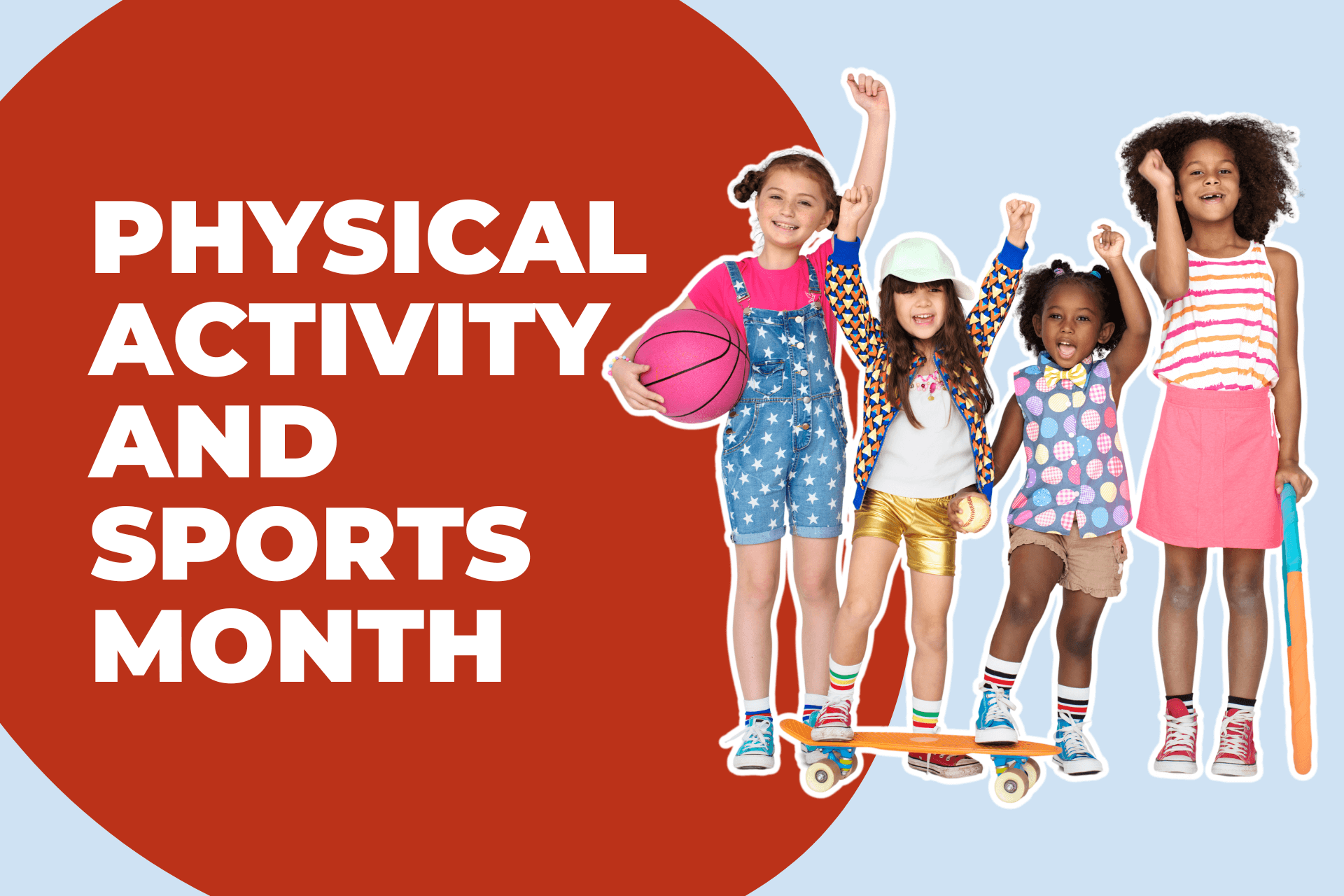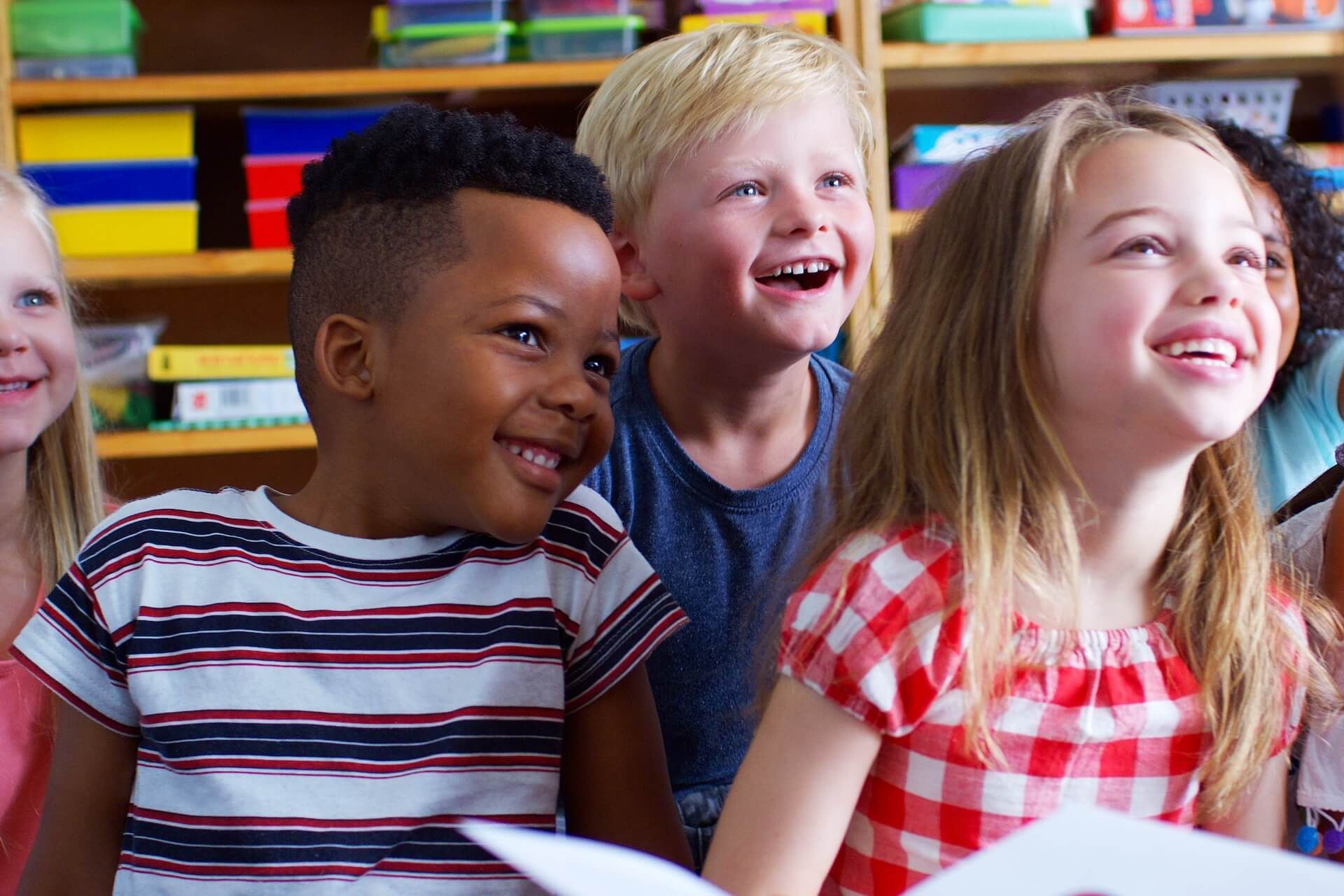As the new coronavirus (COVID-19) pandemic continues to take hold of North America, more and more families find themselves in quarantine and isolation.
For children, this situation can be scary at worst and boring at best.
How do we deal with the situation without surrendering to anxiety, boredom and a whole host of negative emotions? If you think massive amounts of Netflix binge-watching, video games and social-media time will do it, you should think again. The key to remaining in shape, both physically and mentally, is to stay active and to fight the sense of isolation while avoiding spending too much time just occupied with screens.
When children get enough active play, there’s a marked improvement in their physical fitness, motor competence, bone health, academic achievement, health-related quality of life, brain and mental health.
We’ve rounded up 10 of our favourite activities kids and families can play to build their physical literacy and to stay active. These games and activities can be modified for indoor or outdoor play. Be creative and have fun, keeping in mind that safety is always the priority. Check that the activity space and equipment are safe.
Balloon Ball Challenge
Skills: throwing, catching, striking, passing with feet
Make a net by tying a piece of yarn from one chair to another. Then blow up a balloon. Divide family members in half. See how many times your family can pass the balloon back and forth across the net without it touching the ground. Change things up a bit by kicking or head-bumping the balloon. Add a little “competition” by Face-timing another family and challenging them to try and beat your score.
Bookworm Workout
Skills: jumping, hopping, and more...
Reading a favourite book can also be a fun way to engage in physical activity. Simply choose a book that repeats a word or group of words. For example “Up,Up, Down” by Robert Munsch. Every time “up” or “down” is read you have to jump up, arms stretched high, then bend down to touch your toes. Another example can be when reading PAW Patrol books, every time Ryder’s name is mentioned, perform 5 hops or any other movement. Reading a book with animals as characters? Try moving around your home as that animal. Be creative and have fun!
Crab Carry
Skills: dynamic balance
Teach your family how to walk like a crab by placing their palms and feet on the floor while raising their stomach up to face the sky. Moving around in that pose, see how long they can balance something like a stuffed animal on their belly. Crab races down a hallway or in the backyard can also be another fun option.
Yoga JENGA
Skills: balance
Have your family brainstorm several yoga poses (e.g. boat, plank, side plank, bridge, dog pointer, warrior, airplane, etc.). Write the poses on a piece of masking tape and tape to JENGA blocks. Set up the tower and play the game as usual, however every time a block is pulled out that has a yoga pose on it, every player has to do that specific yoga move for 15 seconds. If the tower falls, everyone must jog on the spot for a period of time (e.g. 30 seconds).
Handball Tennis
Skills: striking an object
Set up a mini tennis court using tape or chalk for the boundary lines and make a net by tying a piece of yarn from one chair to another. Substitute a tennis ball for a soft beach ball, a volleyball, or balloon. Children play a game of tennis using their hands instead of rackets.
Alphabet Target Practice
Skills: underhand and overhand throwing
Have children write the alphabet out on small, individual pieces of paper. Tape letters to a door or wall. Make sure letters are mixed up and taped at different levels. Designate a ‘throwing line”. Hand children a pair of rolled up socks. Call out a word. Have children throw the rolled up socks trying to hit the target letters that spell the word. Have children alternate throwing underhand and overhand and with their right and left arms. For more of a challenge, move the “throwing line” further back.
One Up!
Skills: various
One member of the family challenges the other members by completing a task or activity (e.g. 15 burpees, holding a static balance pose for 20 seconds, jogging on the spot for 1 minute etc.). Other members of the family try to “One Up!” the challenge by completing the same activity with more repetitions or time. If they are successful they then set another challenge. Try Face-timing another family and have them try the challenge. Keep in mind safety first!
Golf Soccer
Skills: passing, striking an object
Set up a series of “golf holes” (i.e. laundry bins, boxes, pots, etc.) around your basement or backyard. Using tape, mark off a “tee off” line. Use a pair of rolled up socks or a soft ball as the golf ball. Children stand by the “tee off” line and using the side of their foot, try to kick the golf ball into the golf hole. Children keep track of how many attempts it takes. Encourage children to kick with both their right and left legs.
Hallway Bowling
Skills: rolling a ball
Use empty toilet paper or paper towel rolls as “bowling pins." Set bowling pins up at one end of the hallway. Using tape, designate a throwing line. Using a soft ball take turns bowling. Keep score and after 10 rounds the person with the most points gets to choose the next game.
Relay Race
Skills: various
Using various equipment, set up a relay race course in an appropriate indoor space or in your backyard. If possible, the course should provide opportunities for children to move around objects, jump over, onto and off of objects and crawl through or under objects. Have children move in different ways through the course (e.g. jogging, hopping, skipping, galloping, crawling etc.). Family members can even challenge each other to see who can complete the course faster. Keep in mind Safety first!
By Joanne Lawson
•
April 14, 2025
Are you looking for a fun and engaging way to get your students moving while reinforcing their physical literacy skills? Our interactive Physical Activity Bingo game is perfect for young children in Kindergarten through Grade 2. It offers an exciting way to get students active while helping them practice key movement skills like balance, locomotion, and object control. Plus, it's a creative way to incorporate physical activity into the school day.
By Marie-Christine Murphy
•
April 3, 2025
Spring in Canada brings longer days, warmer weather, and the perfect opportunity to encourage students to get active. While physical activity is essential year-round, May and June (depending on your province) mark National Physical Activity and Sports Month—a time to celebrate movement, promote wellness, and inspire healthy habits in school communities.
By Kale Johnson
•
April 1, 2025
In today’s academic environment, where high-stakes testing and rigorous curricula dominate the school day, recess is often perceived as a luxury rather than a necessity. Yet, research consistently highlights that quality recess is crucial in improving classroom behaviour, fostering social development, and enhancing cognitive performance.







